Originally published in Johns Hopkins Magazine.
By Ronald J. Daniels, President of Johns Hopkins University
In the wake of the tragic death of Freddie Gray in police custody, our city entered a wrenching moment marked by pockets of violence and days of peaceful protest.
At the time, I reached out not only to you and other members of our university community, but also to our newest Hopkins family members: the admitted class of 2019.
I assured them that we take the safety and security of our campuses seriously. I also let them know that we do not allow the tranquillity of our campuses to insulate us from engaging with the issues—including persistent racial and economic disparities—roiling cities across America, including ours.
Our engagement with our city is part of our DNA. And it did not waver even as Baltimore reeled from the unrest. During the days that followed, we hosted the long-planned inaugural installment of Johns Hopkins Forums on Race in America. In a packed Shriver Hall, The Atlantic‘s Ta-Nehisi Coates, one of America’s most thoughtful and provocative commentators on race, challenged us to think anew about the sources of anger and despair that exist in so many parts of our country. Also that week, our students joined cleanup efforts in nearby neighborhoods, led and marched in peaceful protests, and debated these challenging issues with one another and their professors.
These conversations and actions reflect the broader arc of Hopkins’ commitment to Baltimore. In their research, students and faculty are investigating the underlying sociological, economic, health, and cultural forces that shape the entrenched inequalities in Baltimore. Our 21st Century Cities Initiative is taking up the challenge of addressing these concerns in an interdisciplinary way, including through a joint project with Bloomberg Philanthropies to assist cities in creating data-driven policies and practices.
In forums at Johns Hopkins Medicine and our Bloomberg School of Public Health, our students, faculty, and staff are wrestling with the complex legacy of race in America and what it means to them personally and as citizens of the world. As an institution, we are focused on strengthening our own climate for diversity so that we can retain and attract talented people. And we are investing in our communities, from building East Baltimore’s K–8 Henderson-Hopkins school, to launching an economic inclusion program that leverages our capacities as Baltimore’s largest private employer, among many efforts.
We know there is much more to do. As you read this, the media may have moved on. The issues these protests raise, however, will not disappear with the news cycle nor will Hopkins’ commitment. Baltimore is resilient, inventive, and optimistic. Proudly of this city, Hopkins will work alongside our neighbors to forge a better future for our hometown.




